Every time I head out for a Snowshoe there’s always something new to explore and experience.
Some days it may be the dramatic overcast grey skies filtering low-light over the landscape as seen below.
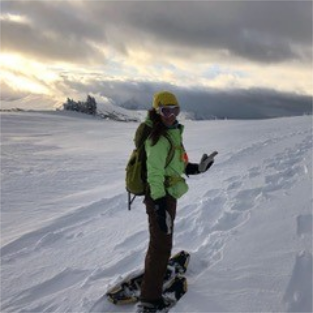
Or the majestic snow-capped mountain peaks of the Canadian Rockies and cloud formations as formed in the photo below.
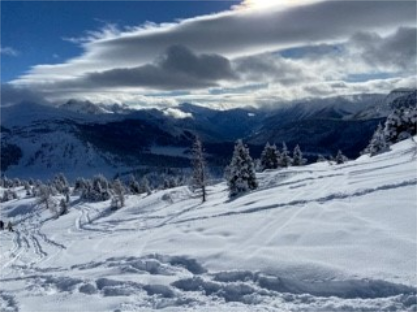
Or the glistening sun sparkling off the fresh powdery snow as seen below.
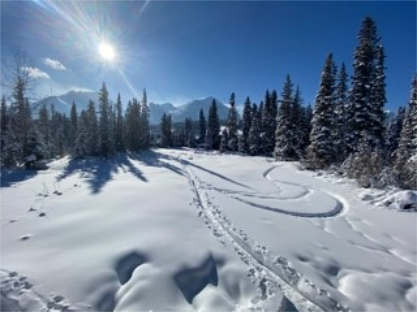
Or the snow covered dwarf trees in the alpine, below.
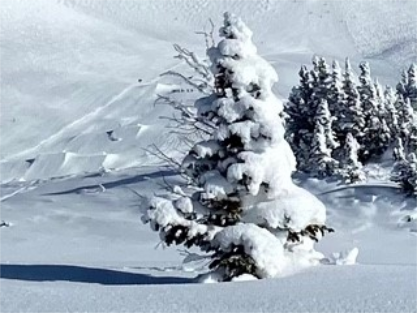
Or sometimes it can be the animal tracks left behind in the snow.
Like these ones I came across on my last venture.
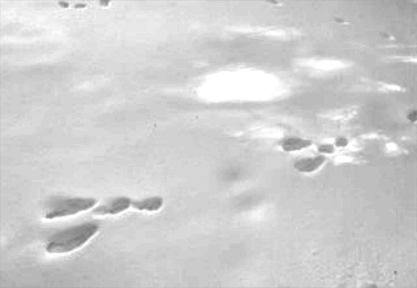
The Snowshoe Hare (Lepus americanus) is active all year-round.
When the Snowshoe Hare hop their large hind feet touch down in front of their smaller fore feet. The size of their feet prevent them from sinking into the deep powdery snow.
Snowshoes do the same thing for humans. Prevent sinking, with the ability to float-like on top of the snow. Have you ever tried walking in deep untracked snow without snowshoes? I have and It’s not fun. You certainly will not get too far without the help of the mighty snowshoe.
The large sized foot of the snowshoe hare also helps in aiding the snowshoe hare to flee from lurking predators such as the Lynx, the Fox, and the Coyote to mention a few.
Did you know that the snowshoe hare can cover up to 43 km’s per hour at top speed, and can leap as far as 3 metre distances per bound?
Anyhow whatever my observation and experience may be, Banff snowshoeing is a great way to be active and to get outside in the winter months. It is also a great cardio workout and it can be catered to varying degrees of fitness levels.
Are you ready for an experience like no other? Join us for our Banff Snowshoe program
Author and Interpretive Snowshoe & Hiking Guide: Jennifer Mannsberger
White Mountain Adventures